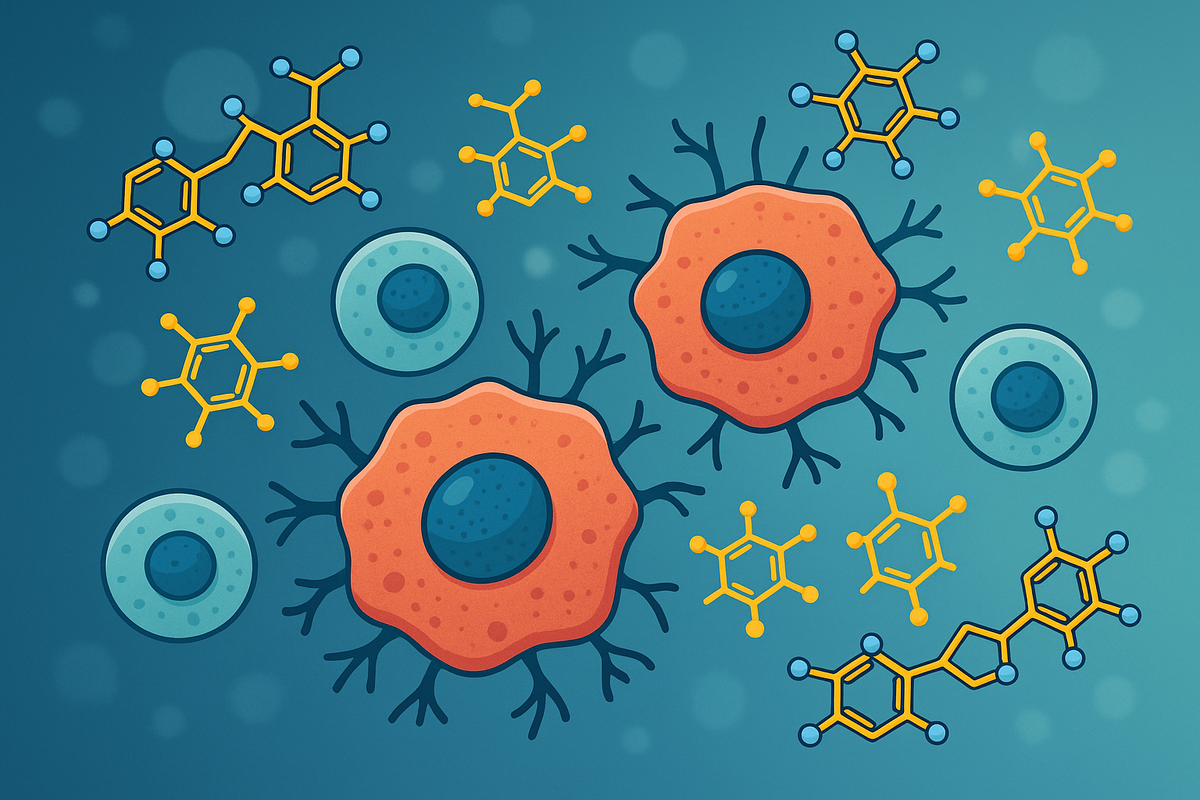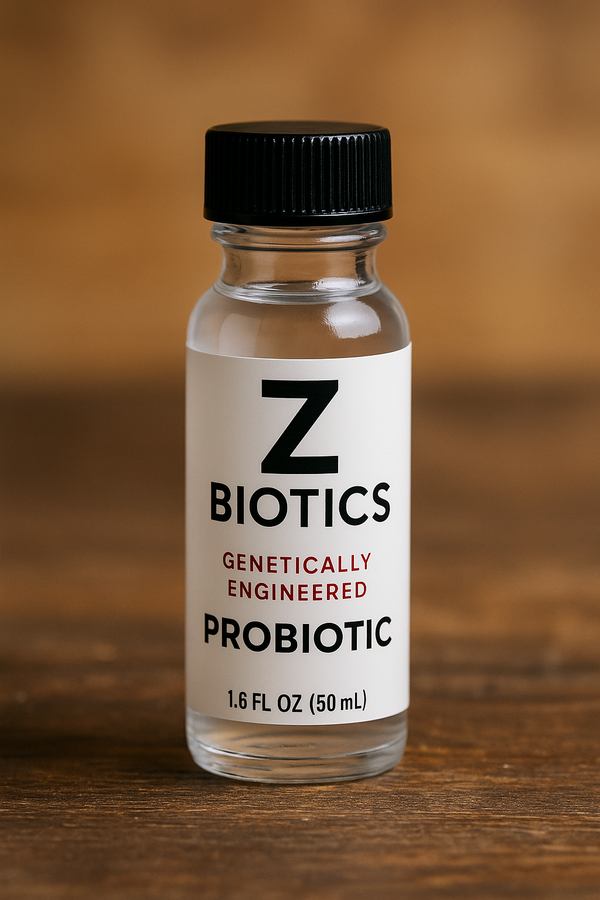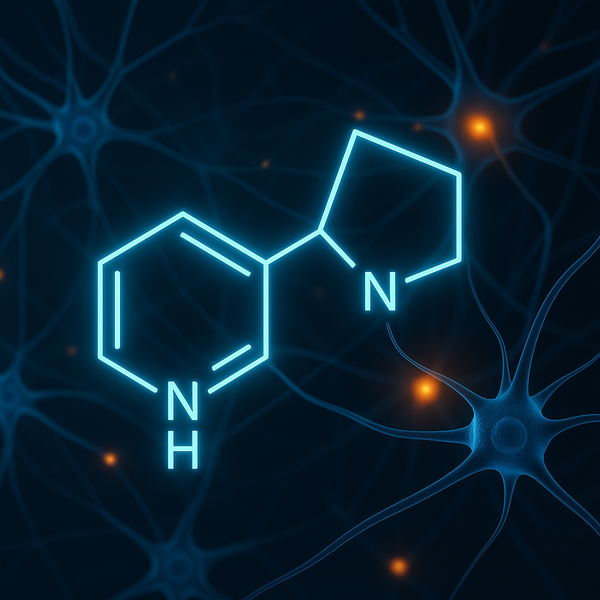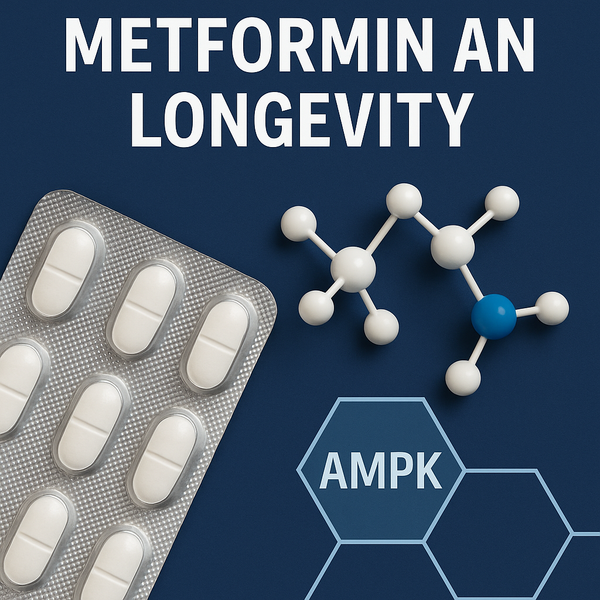Fisetin: The Senolytic Flavonoid Targeting Senescent Cells for Longevity

Fisetin has been gaining attention for its ability to “clear out” dysfunctional cells that contribute to aging. It’s a naturally occurring plant flavonoid showing potential as a senolytic — a compound capable of selectively eliminating senescent cells that accumulate with age. This isn’t just hype. The underlying mechanisms behind fisetin’s actions provide a compelling look at how cellular cleanup could translate into better longevity and healthspan.
The Problem: Senescent Cells and Aging
Senescent cells are damaged or stressed cells that permanently stop dividing. They accumulate over time, releasing inflammatory factors — the senescence-associated secretory phenotype (SASP) — that disrupt tissue function, accelerate aging, and increase disease risk. These “zombie” cells resist apoptosis, lingering in tissues and spreading inflammation to healthy cells. Removing them in animal models consistently improves organ function, metabolic health, and resilience, making senolytics a major focus in longevity research.
Fisetin’s Senolytic Potential
Fisetin is found in strawberries, apples, onions, and persimmons. In 2018, researchers compared a range of flavonoids and identified fisetin as one of the most potent natural senolytics. Short-term treatment in mice reduced markers of cellular senescence across multiple tissues and improved overall healthspan. In some cases, it even extended lifespan.
Mechanistically, fisetin promotes apoptosis in senescent cells by disrupting their survival pathways — particularly those involving PI3K/AKT and BCL-2 family proteins. It also suppresses SASP signaling, decreasing the pro-inflammatory environment that perpetuates cellular aging.
Animal Research: Impressive Functional Gains, Mixed Lifespan Results
Animal studies have shown consistent healthspan benefits. In aged and progeroid mice, fisetin lowered p16/p21 and SASP markers across liver, kidney, fat, spleen, and immune tissues. Mice retained more strength and metabolic stability compared to controls.
However, when fisetin was tested in the NIA Interventions Testing Program (ITP) — the gold standard for longevity trials — it failed to extend lifespan at the tested doses and schedules, even though it improved tissue-level markers. This highlights a critical distinction: clearing senescent cells improves function, but doesn’t always equate to living longer.
Human Research: Early but Encouraging
Human trials are still underway, but early signals are promising.
- Frailty and biological aging (Mayo Clinic, NCT03675724): Ongoing trials are testing whether intermittent high-dose fisetin can reduce senescence burden and improve mobility and strength in older adults.
- Osteoarthritis (NCT04210986, NCT04770064): Fisetin is being studied for its ability to reduce joint pain and inflammation through senolysis.
- Personalized potential: Recent analyses from the Mayo Clinic suggest senolytics may work best in individuals with higher baseline senescent cell loads — meaning they may not be universally beneficial, but targeted.
Clinical results are still pending, but these trials are setting the stage for how senolytics may eventually be personalized to different aging profiles.
Dosing Patterns in Research (for Context)
Researchers often use intermittent “hit-and-run” dosing schedules, reflecting how senolytics act acutely rather than chronically.
- High-dose intermittent: Around 20 mg/kg/day for two days, repeated monthly.
- Continuous low-dose: Roughly 100 mg/day for 90 days.
It’s worth emphasizing that these are research protocols, not clinical recommendations. Fisetin is not approved as a drug, and clinical supervision is necessary for any experimental use.
Bioavailability and Delivery Science
One challenge with fisetin is its poor oral bioavailability. It’s rapidly conjugated through glucuronidation and sulfation, reducing active exposure. To overcome this, researchers are testing lipid-based, micellar, and nanoparticle formulations that improve absorption and tissue penetration. Early pharmacokinetic data confirm significantly higher plasma levels with these advanced delivery systems compared to standard powder forms.
Safety and Drug Interactions
Short, intermittent fisetin regimens have been well-tolerated in clinical testing so far. However, trials exclude individuals taking medications that rely on CYP3A4, 2C9, 2C8, or 2D6 enzymes due to possible drug interactions. These include certain antifungals, macrolides, statins, PPIs, and cardiac medications. Individuals with QT prolongation, liver impairment, or multiple prescriptions are typically excluded for safety reasons.
In other words, while fisetin appears safe in healthy individuals under controlled settings, anyone on multiple medications should exercise caution.
How Fisetin Compares to Other Senolytics
- Dasatinib + Quercetin (D+Q): The best-studied senolytic combination with broad activity but limited by dasatinib’s toxicity.
- Navitoclax: Potent but causes significant thrombocytopenia, restricting use to research.
- Fisetin: A nutraceutical-class compound with low toxicity and senolytic effects across several cell types. While it hasn’t shown consistent lifespan extension, it remains one of the most viable and accessible senotherapeutics for further study.
Key Questions for Ongoing Research
- Which aging phenotypes respond best to senolytic therapy?
- What’s the optimal dosing frequency and washout period?
- Which tissues and cell types are most responsive to fisetin?
- Can bioavailability improvements translate to better outcomes?
- Will future trials demonstrate measurable gains in mobility, cognition, and metabolic function?
These questions define the next chapter of senotherapeutic science.
The Takeaway
Fisetin stands out among natural senolytics for its potency, safety, and mechanistic precision. Clearing senescent cells is not about chasing immortality — it’s about restoring the balance between regeneration and decay. The evidence so far shows that fisetin improves cellular function and resilience, and the upcoming wave of human data will determine how far those benefits truly reach.
For now, fisetin represents one of the most promising bridges between nutritional biochemistry and the biology of aging.
Sources
- Yousefzadeh MJ et al. EBioMedicine (2018)
- Lorenzo EC et al. Frontiers in Aging (2023)
- Lelarge V et al. npj Aging (2024)
- Harrison DE et al. GeroScience (2023)
- Mayo Clinic ClinicalTrials.gov entries: NCT03675724, NCT04210986, NCT04770064
- Tavenier J et al. Pharmacological Research (2024)
- Bioavailability reviews: Pharmacological Research (2024); Nutrients (2023)
- “Targeting Cellular Senescence for Healthy Aging” (2025)



